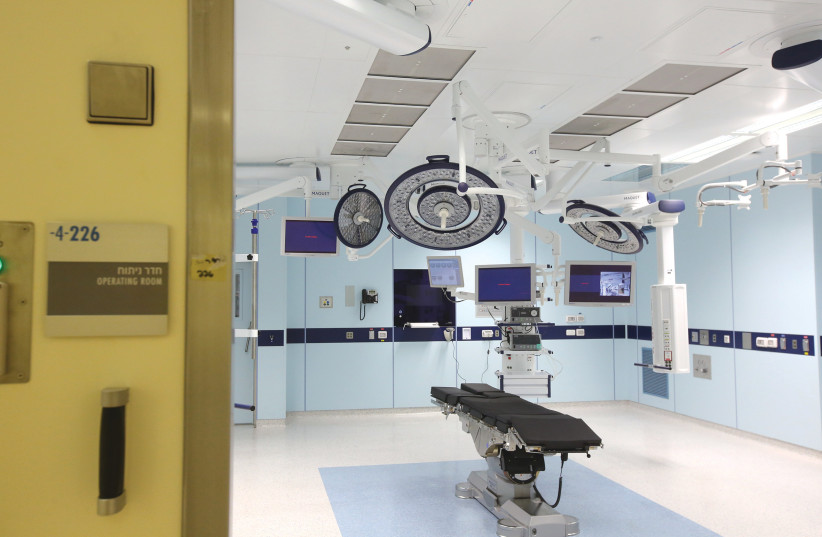New findings open a novel direction for developing future treatment against an incurable and devastating disorder.
Researchers at three Israeli institutions have demonstrated that supporting cells called fibroblasts, previously seen as uniform background players, are vital against some diseases. A subset of these cells may be part of the cause of scleroderma – a rare autoimmune disease that affects the skin. This was revealed in the study, which was published on Wednesday in Cell.
In the Weizmann Institute, Hadassah and Rambam collaboration, scientists collected skin samples from nearly 100 scleroderma patients and from a control group of more than 50 healthy volunteers, in the largest study of this kind ever done to investigate the disorder.

“Scleroderma is one of the most frustrating disorders to treat – we can alleviate some of the patient’s symptoms, but usually we cannot significantly affect the cause of the disease, block its progression or reverse its course,” said Prof. Chamutal Gur, a senior physician in the Rheumatology Department at Hadassah University Medical Center, who was drawn to lead the study for both professional and personal reasons: two of her cousins suffer from the disease.
Scleroderma (from the Greek skleros, meaning “hard,” and derma, meaning “skin”) is identified by the formation of an abnormally hard, inflexible layer of skin on the arms, legs and face.
Its manifestations vary greatly among patients. In about a third of the cases, the disease, which mainly strikes women aged 30 to 50, advances rapidly and spreads beyond the extremities, causing life-threatening damage to internal organs. Immune-regulating drugs that normally bring relief to people with autoimmune diseases are less effective in scleroderma, which has a higher mortality rate than other rheumatic disorders.
Because scleroderma is an autoimmune disorder – that is, one in which the immune system attacks the person’s own body – the researchers looked for immune cell differences between the control and patient groups. Contrary to what would be expected of an autoimmune disease, however, the analysis failed to reveal a characteristic, global pattern of immune abnormalities in most of the patients. Instead, to their surprise, the researchers found it was the patients’ fibroblasts that differed significantly from those of the healthy volunteers.
Aside from participating in growth and wound healing, fibroblasts were thought to be mere “scaffolding” – holding cells in place. The new study found, however, that fibroblasts can be divided into about ten major groups, and about 200 sub-types, each performing different and often critical functions, from conveying immune system signals to affecting metabolism, blood clotting and blood vessel formation.
Notably, the researchers identified a subset of fibroblast whose concentration drops sharply in the early stages of scleroderma. They named these cells Scleroderma-Associated Fibroblasts, abbreviated as ScAFs – which is also short for “scaffold." Whereas in healthy controls ScAFs accounted for nearly 30% of all fibroblasts, the percentage decreased significantly in scleroderma patients and continued to plummet as the disease progressed.
Autoimmune diseases in which the person’s immune system – meant to protect against invaders – mistakenly recognizes tissues in the body as “foreign” – are usually much more common in women than men.
Women are less susceptible to infectious diseases than men, but they are more often prone to autoimmune diseases, partly because females have two X chromosomes, which has many genes relating to the immune system. Thus, the rate of autoimmune diseases such as scleroderma, multiple sclerosis, rheumatoid arthritis and myasthenia gravis – which causes severe muscle weakness – are about twice as common in women than in men.
Judy Siegel-Itzkovich contributed to this report.
